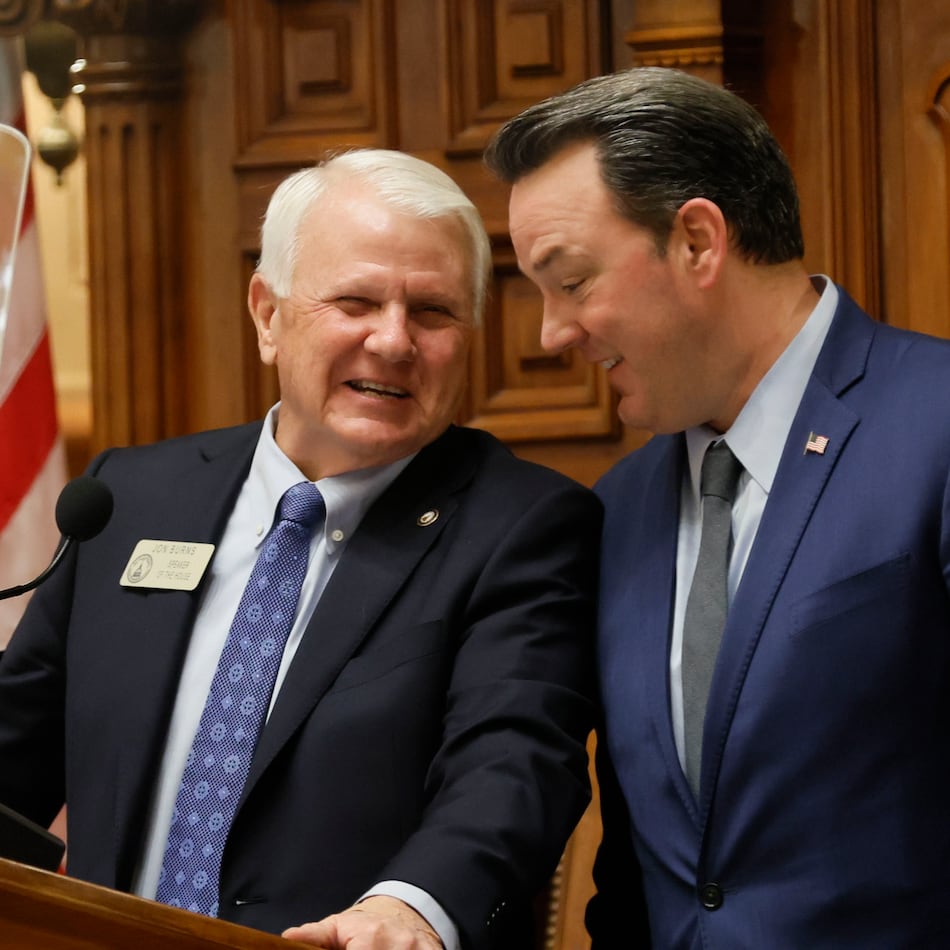Diversity in the workplace can allow companies to solve challenges through different lenses. However, age is often left out of the diversity conversation.
Older adults can bring a lot to a workplace environment, but only 8% of companies include age in their Diversity, Inclusion and Equity statements, according to research services company Advisory Board.
The value older adults bring to the workplace is often overlooked.
According to Harvard Business Review, two-thirds of companies polled in research saw as a competitive disadvantage. Additionally, two out of three workers over age 45 have either witnessed or experienced ageism in the workplace, according to 2018 AARP survey.
In fact, data show older adults tend to stay with their employer longer, have flexible and adaptable learning styles, have shorter learning curves, are more motivated to work, and offer valuable expertise according to the The Age Diversity Forum, a UK-based not-for-profit global social enterprise organization.
“Older workers are a great value to employers,” said AARP vice president of financial resilience programming Susan Weinstock on the website.
“Employers are looking for people with soft skills, like being good with teamwork or collaboration or being able to write well. These are skills older workers have developed through their years of experience.”
Ways to include age diversity in your workplace
In order to incorporate age diversity in work environments, there are a few things that can be done.
Reevaluate protocols and diversity statements
Review your company protocols, hiring and diversity statements that ensure inclusivity of all ages. When reviewing hiring practices AARP says to avoid using words that come across as ageist such as “fresh,” or “high energy.” The nonprofit, nonpartisan organization also recommends including age in anti-bias training and avoid reinforcing stereotypes.
“Returnships”
Companies can also offer “returnships,” which are are paid internships for adults who may have left the workforce for a few years. They can give seniors the opportunity to navigate a career change, explore a return back into work, and add their knowledge to the workforce, according to social impact company NationSwell.
Include a mentorship program
Mentorship benefits the mentor and mentee and allows older adults to impart their knowledge to younger generations. Younger mentees can help give mentors a perspective they may not have considered. Companies such as National Geographic and Bain & Co. offer impact-driven mentorship programs.
“Mentoring is not just for long-term career progress, it is also about building networks, acquiring specific point-in-time skills, and filling in gaps in expertise or knowledge as you progress from role to role,” Amy Philbrook, head of Diversity and Inclusion at Fidelity Investments Inc., told Bizwomen.
To get specialized news and articles about aging in place, health information and more, sign up for our Aging in Atlanta newsletter.
About the Author
Keep Reading
The Latest
Featured


